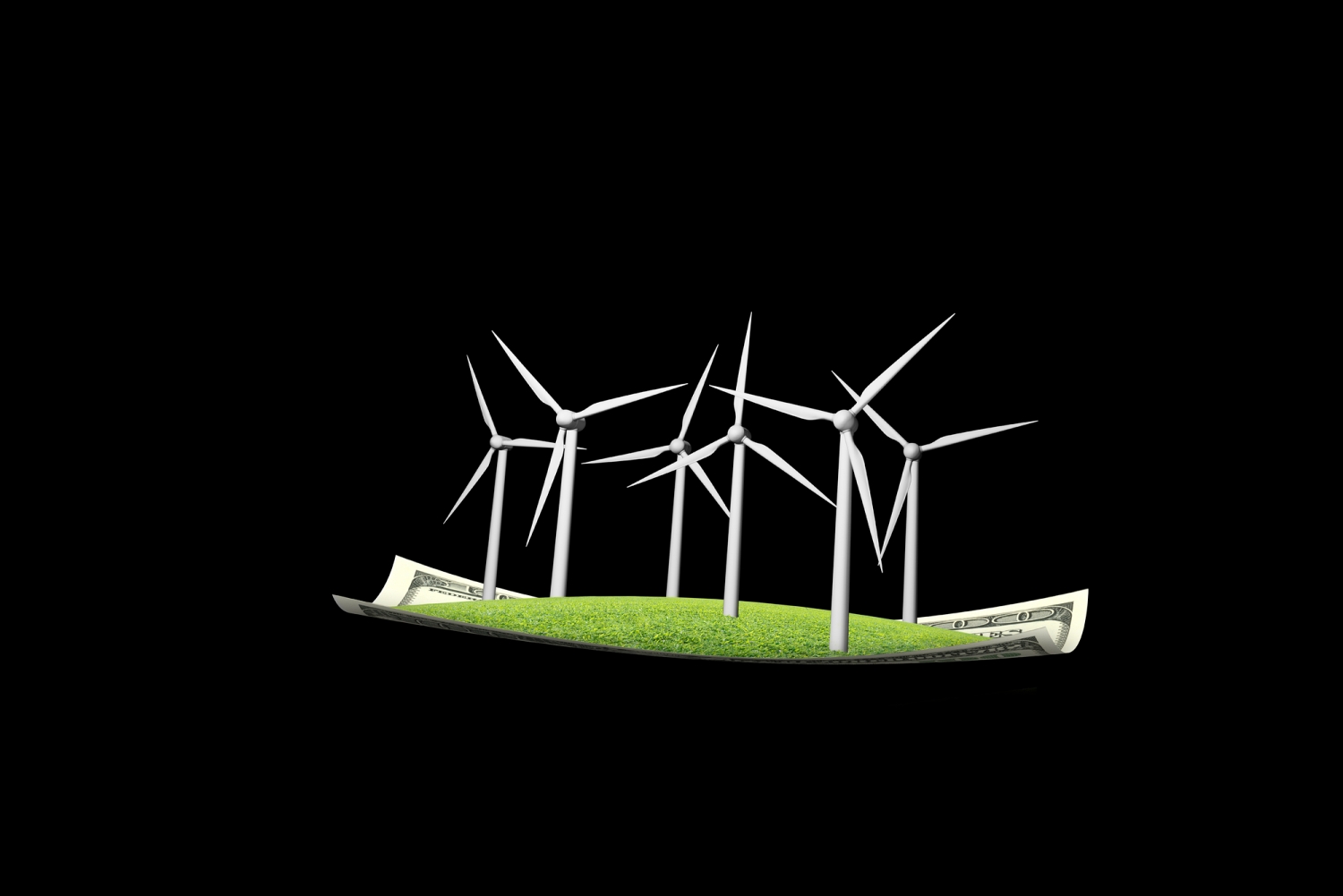By Ross Clark, author of “Not Zero” for The Telegraph, October 30, 2023
Wind is already the cheapest form of power and will save us a fortune in future. We know this because the green energy lobby keeps telling us so. But it is hard to square with the words of Tom Glover, chair of energy company RWE’s UK arm, last week.
No more offshore wind farms will be built, he said, unless the Government hikes the guaranteed long-term prices offered to their operators by as much as 70 per cent.
The energy “market” is not really much of a market at all, not when it comes to green energy. The Government underwrites wind and solar through “contracts for difference” – guaranteeing operators a minimum “strike price”, rising with inflation, for every megawatt-hour of electricity they generate over 15 years.
The trouble is that wind farm developers will no longer accept the strike prices offered. Last time the Government held an auction for the right to build offshore wind farms, in September, it received not a single bid.
The maximum strike price the Government offered was £44 per MWh. According to RWE it won’t receive any bids until this is raised to between £65 and £75.
How come, when the cost of wind energy is supposed to be falling year on year? True, the cost did fall sharply up until 2019. But this then went into reverse thanks to higher commodity prices and interest rates. With renewable energy, most of the costs come upfront – which makes it particularly reliant on cheap debt.
But this is only half the story. If we are going to have a grid based on intermittent renewables, it is no use looking just at the cost of generation. We have to add on the cost of energy storage, or some other kind of back-up – or else build so many wind and solar farms that we have just enough power at the worst of times, and a super-abundance of it at other times.
All are likely to be horrendously expensive. Storing energy in lithium batteries, for example, can cost around six times as much as generating it in the first place. Using gas as back-up – as we do now – means we have gas power stations sitting idle for some periods, pushing up the unit cost of generation when they are needed.
As for super-abundance, we would end up with masses of idle wind turbines and solar panels instead. They would only get built if their owners were bribed with huge compensation for being unable to supply all their power to the grid.
To read the full article, click here.
Wind Concerns is a collaboration of citizens of the Lakeland Alberta region against proposed wind turbine projects.


